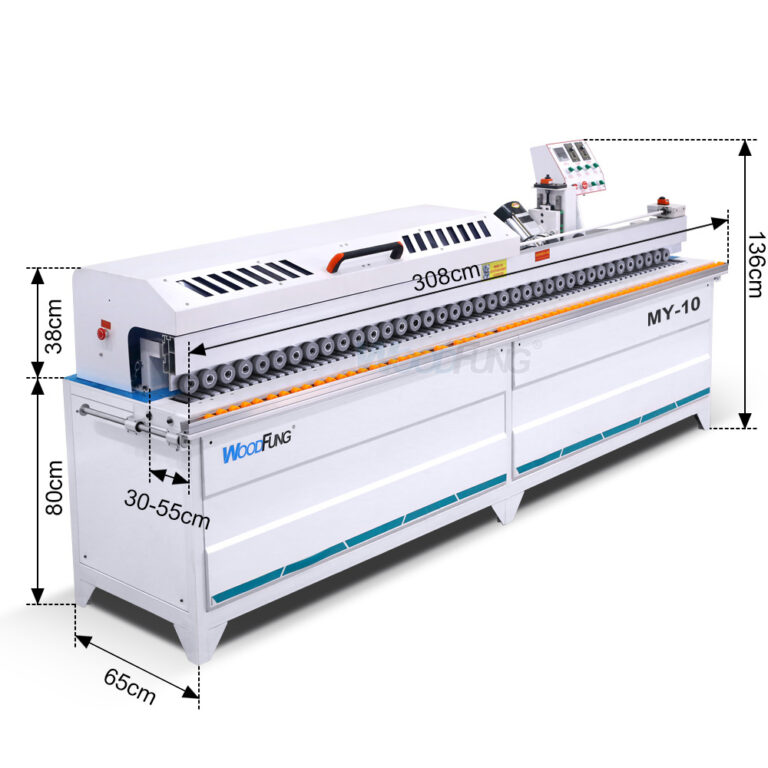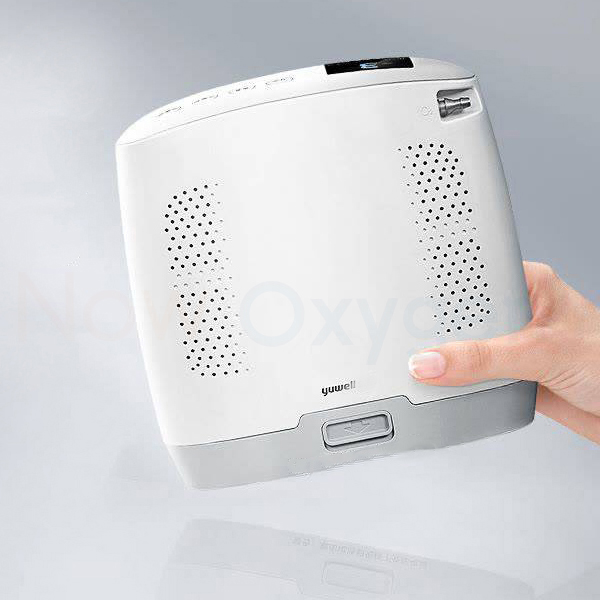
If you’ve ever received a speeding ticket, chances are it was due to the use of a radar gun by law enforcement. Radar guns have become synonymous with catching speeders on the road, but the technology behind them might seem like a mystery to many. In this article, we’ll demystify radar guns and explore how they work in the process of issuing speeding tickets.
Understanding Radar Technology
Radar, short for Radio Detection and Ranging, is a technology that uses radio waves to detect and measure the distance, speed, and direction of objects. In the context of traffic enforcement, radar guns are employed to monitor the speed of vehicles on the road.
How Radar Guns Operate
Radar guns emit radio waves in the form of a narrow beam. When these waves encounter a moving object, such as a speeding vehicle, they bounce back to the radar gun. The gun measures the frequency change in the returning waves, known as the Doppler shift, to determine the speed of the target.
Types of Radar Guns
There are two main types of radar guns used for speed enforcement: continuous-wave radar and pulse radar. Continuous-wave radar emits a continuous stream of radio waves, while pulse radar sends out intermittent bursts. Both types have their advantages, but pulse radar is more commonly used for traffic enforcement due to its ability to accurately measure the speed of individual vehicles.
Calibration and Accuracy
Ensuring the accuracy of radar guns is crucial in issuing fair speeding tickets. Law enforcement agencies regularly calibrate their radar guns to maintain precision. Calibration involves adjusting the radar gun to a known standard, such as a tuning fork with a specific frequency. This process ensures that the radar gun provides accurate speed measurements.
Common Misconceptions about Radar Guns
Despite their accuracy, radar guns are not infallible, and there are misconceptions surrounding their use. Some drivers believe that objects like trees or road signs can trigger a radar gun, leading to false readings. However, modern radar guns are designed to filter out stationary objects and focus on moving vehicles.
Challenging Speeding Tickets Issued with Radar Guns
If you find yourself on the receiving end of a speeding ticket issued with a radar gun, it’s essential to know your rights. Drivers can challenge tickets by questioning the calibration records of the radar gun, presenting evidence of interference, or even questioning the officer’s training in radar operation.
Conclusion: Navigating the World of Speeding Tickets
Radar guns play a significant role in enforcing speed limits and ensuring road safety. Understanding how they operate can help drivers navigate the world of speeding tickets more knowledgeably. If you ever receive a speeding ticket, it’s worth exploring your options and, if necessary, seeking professional assistance to challenge the ticket.
For more information on handling speeding tickets and legal assistance, visit Traffic Paralegal Services. Our experts can provide guidance and support in dealing with traffic violations, including speeding tickets. Remember, knowledge is key when it comes to demystifying radar guns and challenging speeding tickets. Drive safely!





